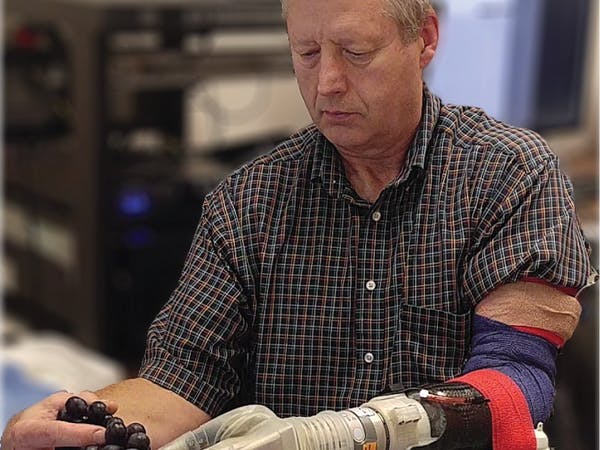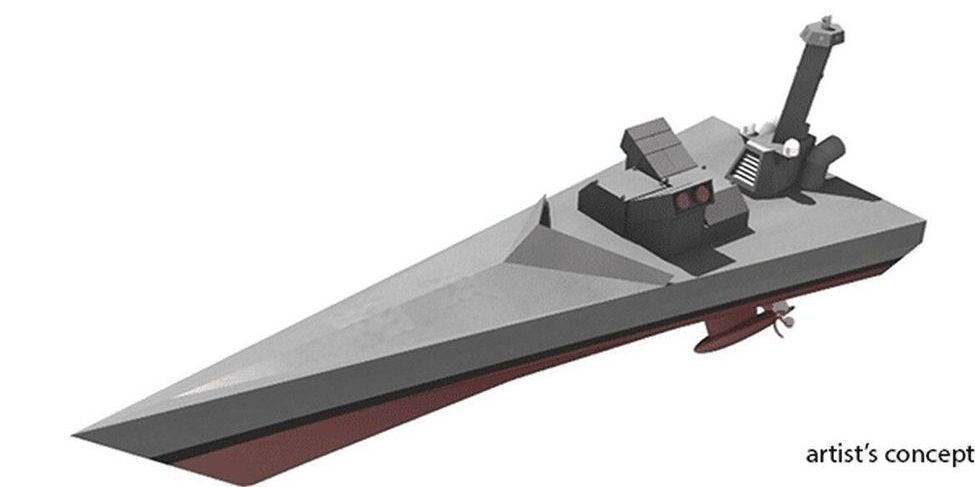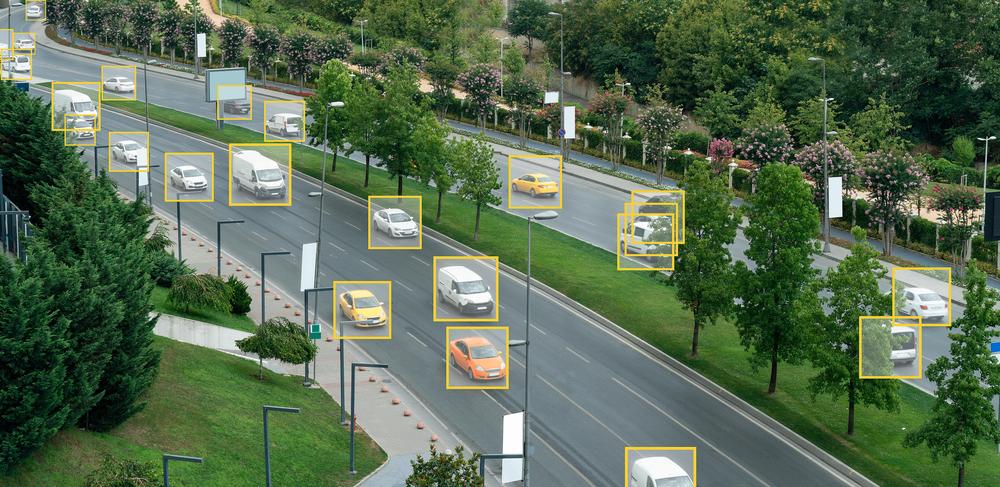May 11, 2020
How Fashion Designers Are Thwarting Facial Recognition Surveillance
Posted by Zoltan Istvan in categories: robotics/AI, surveillance, transhumanism
Reason has done a great video and article on AI facial recognition, surveillance, etc, and combined it with fashion ideas. It’s created by Zach Weissmueller and Justin Monticello. My interview (as well as others) show up throughout the 11 min video. This is really important watching for the coming future:
Privacy activists say we should be alarmed by the rise of automated facial recognition surveillance. Transhumanist Zoltan Istvan says it’s time to embrace the end of privacy as we know it.

















